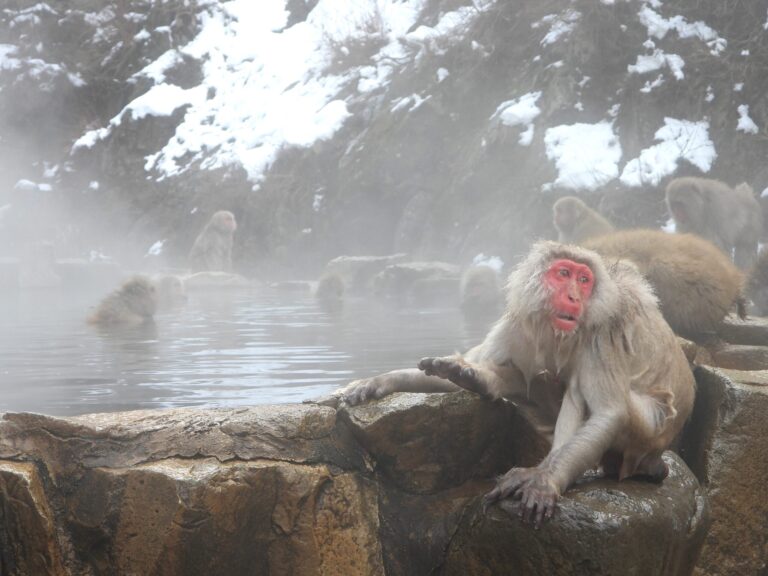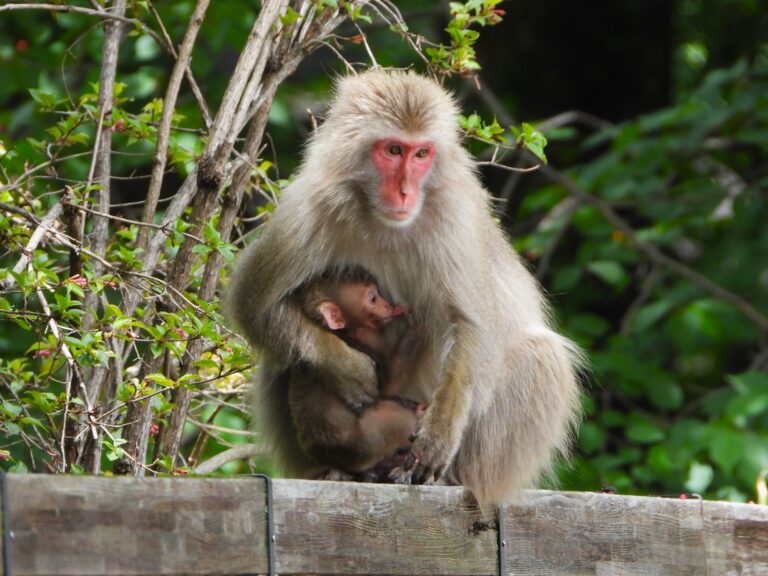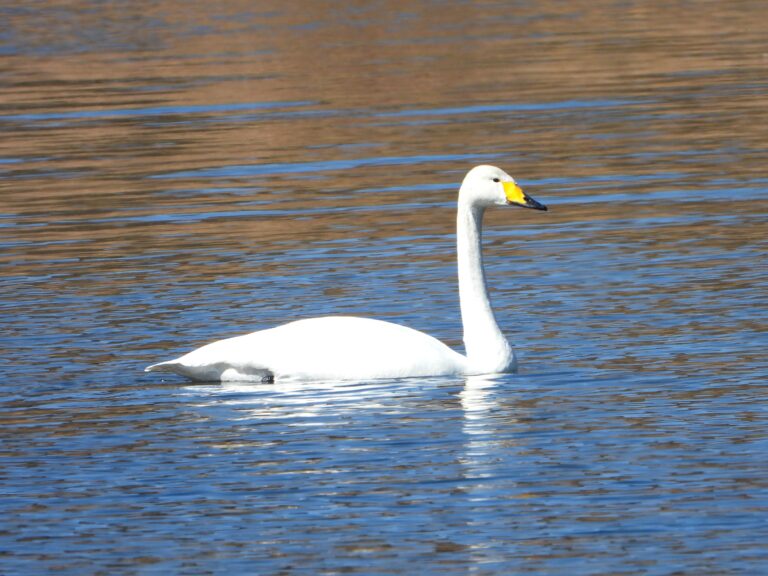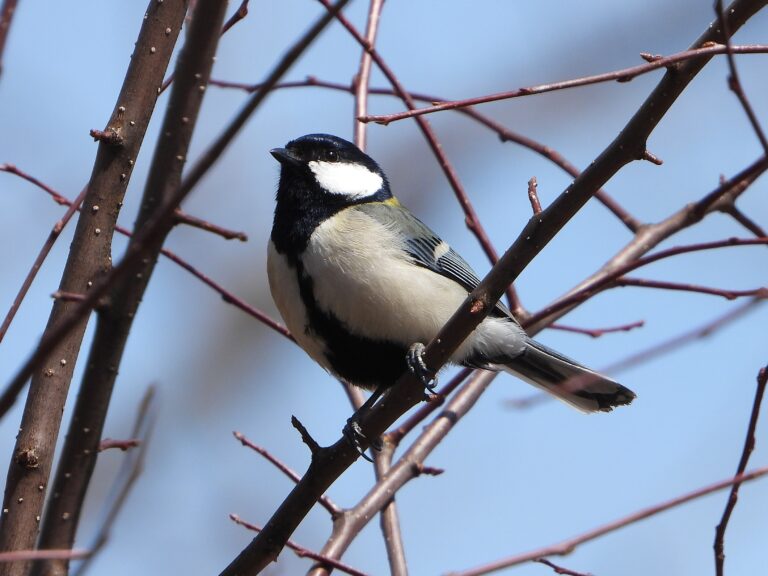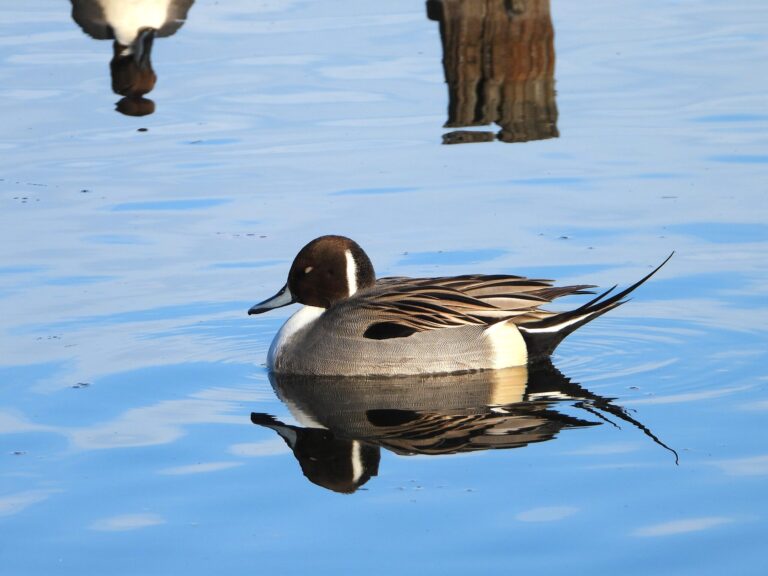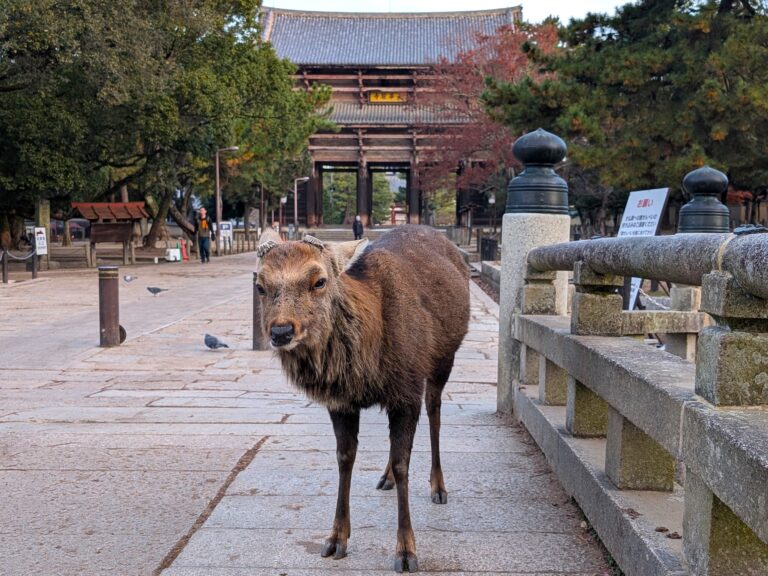Giant Moths of Japan – The Complete Guide to Japan’s Emperor and Silkmoths
Introduction
The Giant Moths of Japan are among the most spectacular insects found across the country, glowing like jewels beneath the summer night sky.
These are the Emperor and Silkmoths — the Saturniidae — some of the most magnificent insects on Earth.
From Hokkaido’s cool birch forests to the subtropical jungles of Yonaguni, they shimmer like living jewels beneath the moonlight.
This complete guide introduces every giant moth species found in Japan, describing their appearance, flight season, and where to find them.
1. Japanese Oak Silkmoth (Antheraea yamamai)
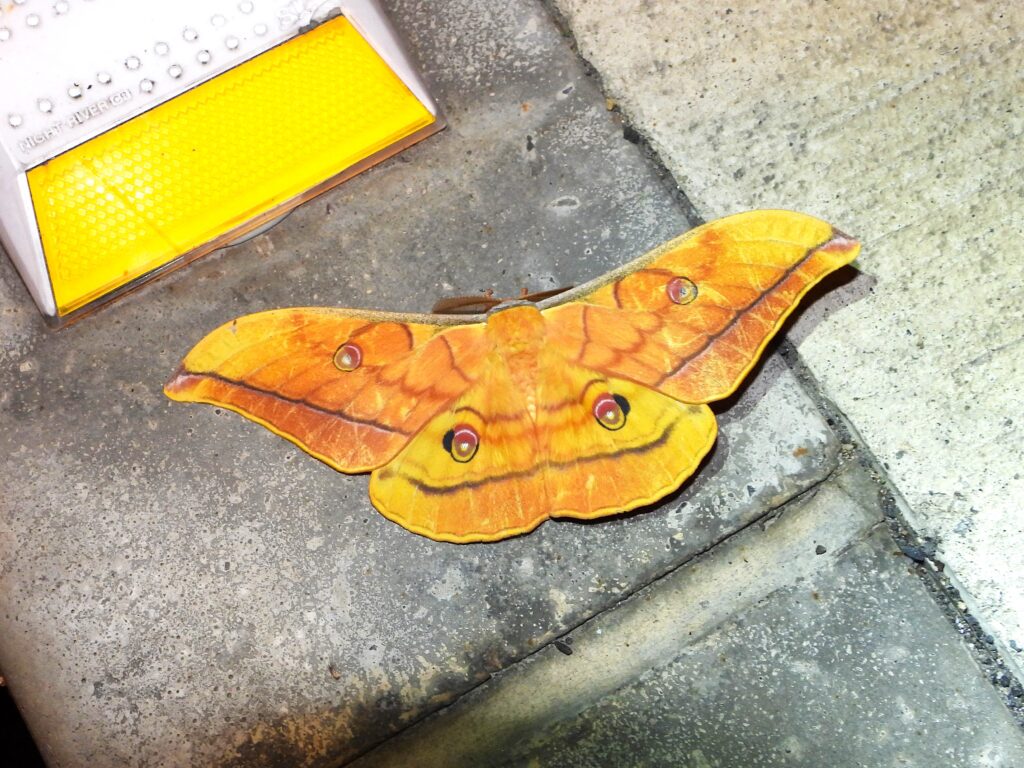
The national icon of Japan’s wild silk. Its soft yellow-green wings shimmer with eye-spots like jade moons.
Flight season: August–October
Distribution: Honshu–Kyushu
Notes: The source of the traditional tensan silk, still reared in mountain villages.
Read the full profile →
2. Hime-yamamayu (Saturnia jonasii)
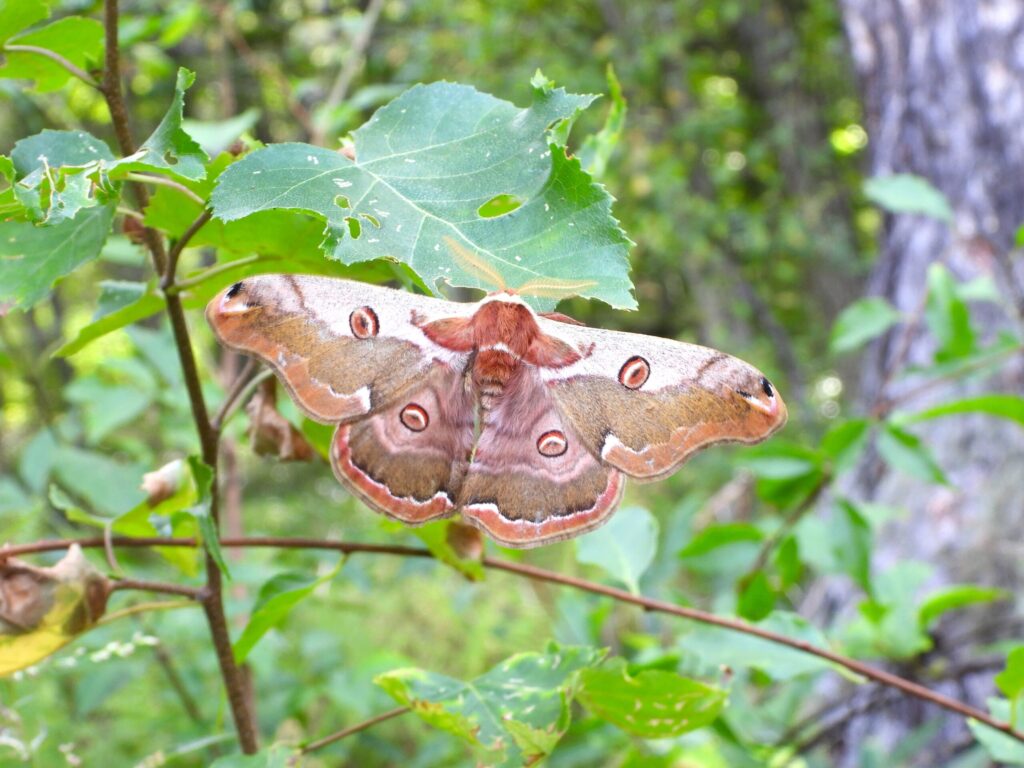
A majestic autumn moth with rich brown wings and bold crescent marks.
Flight season: October–November
Distribution: Honshu–Kyushu
Notes: One of the last large moths to appear before winter, gliding through cool forest air.
Read the full profile →
3. Kususan (Saturnia japonica)
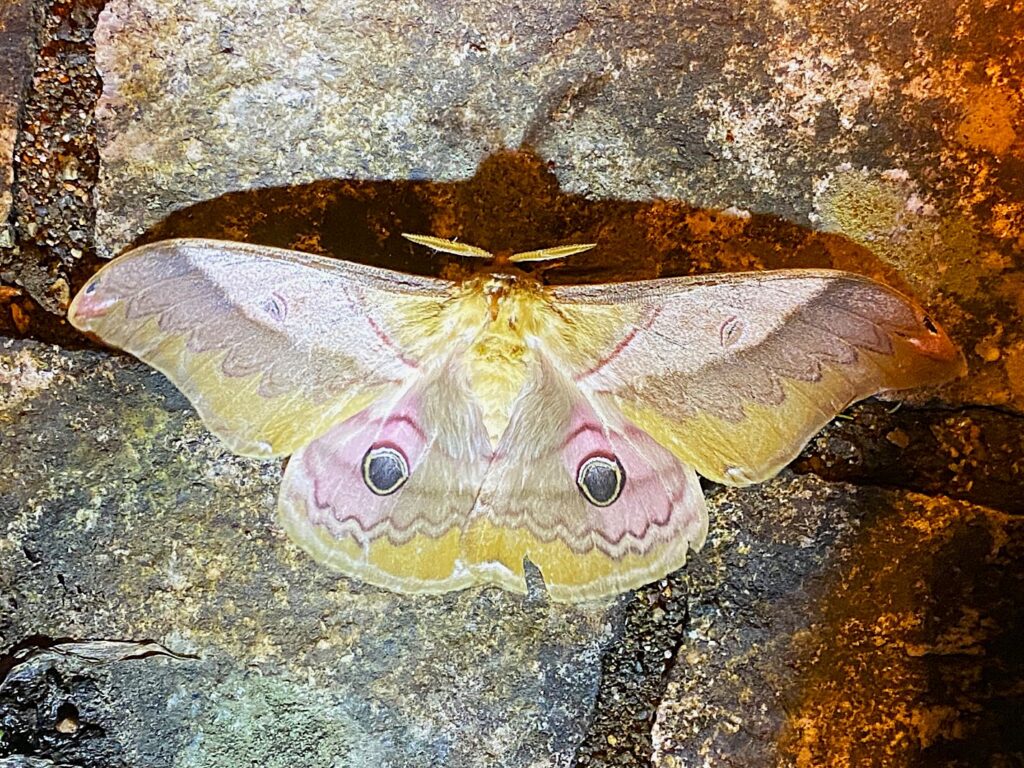
One of Japan’s largest and most impressive moths, with broad, net-like patterned wings and a warm brown tone.
Flight season: June–August
Distribution: Honshu–Kyushu
Notes: Often seen resting on tree trunks or walls near lights during humid summer nights.
Read the full profile →
4. Japanese Luna Moth (Actias aliena)
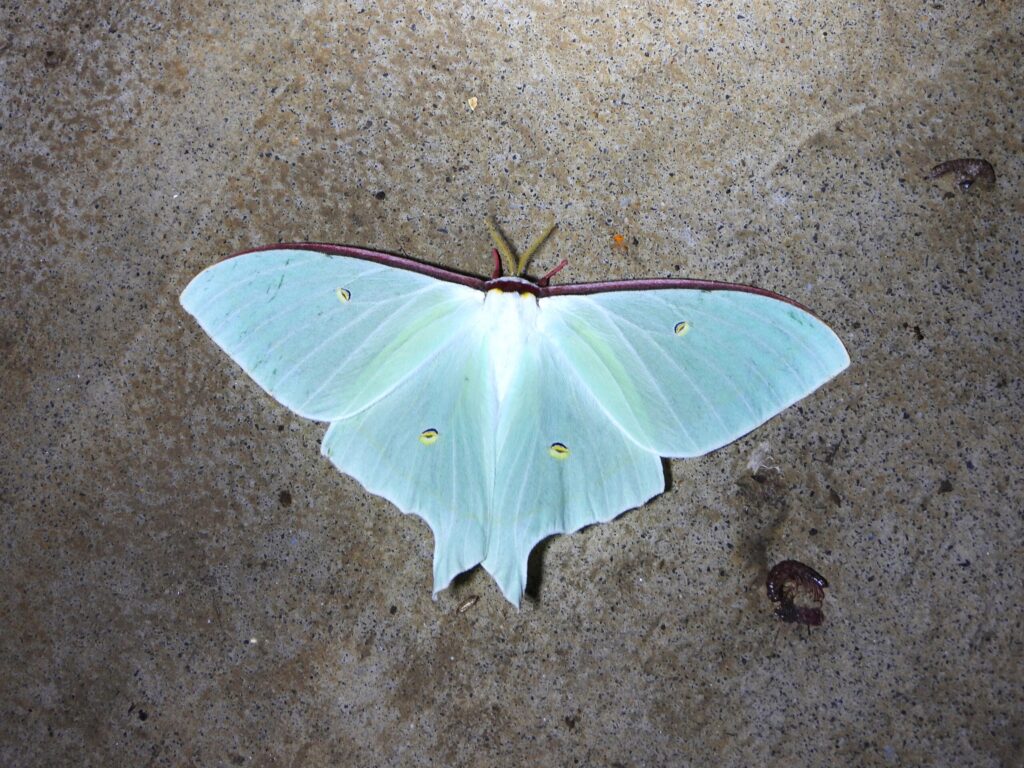
Perhaps the most famous of all — luminous mint-green wings and long tails glowing in the moonlight.
Flight season: May–July
Distribution: Honshu–Kyushu
Notes: A symbol of purity and ephemeral beauty in Japanese nature and culture.
Read the full profile →
5. Onaga Mizuao (Actias gnoma)
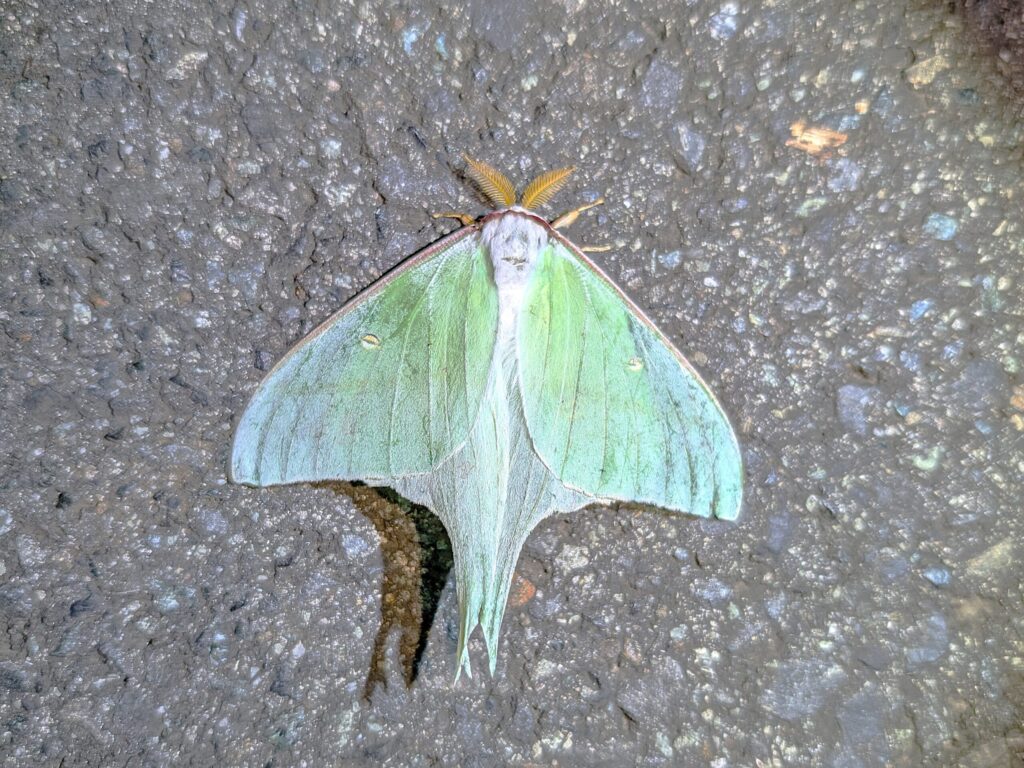
A northern relative of A. aliena, distinguished by its longer tails and slightly cooler tone.
Flight season: May–July
Distribution: Hokkaido–Northern Honshu
Notes: Prefers northern mountain forests; often mistaken for the Luna Moth at first glance.
Read the full profile →
6. Japanese Owl Moth (Brahmaea japonica)
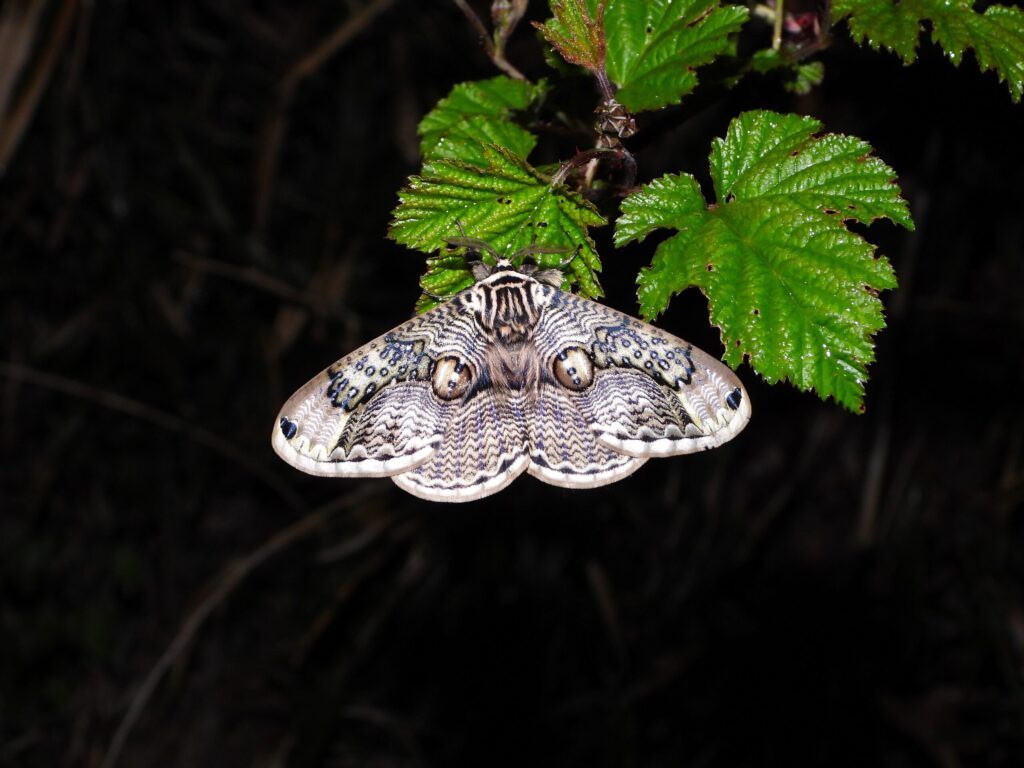
Though not a true Saturniid, it is often grouped with Japan’s giant moths.
Its vast wings, patterned like an owl’s face, blend perfectly with tree bark.
Flight season: March–April
Distribution: Honshu–Kyushu
Notes: One of Japan’s earliest large moths to appear after winter.
Read the full profile →
7. Ailanthus Silkmoth (Samia cynthia)

A massive brown moth with distinctive crescent markings on its wings.
Flight season: Summer
Distribution: Widespread in lowlands
Notes: Its pattern and size make it one of the most striking moths in Japan.
Read the full profile →
8. Japanese Tau Emperor (Smerinthus planus)
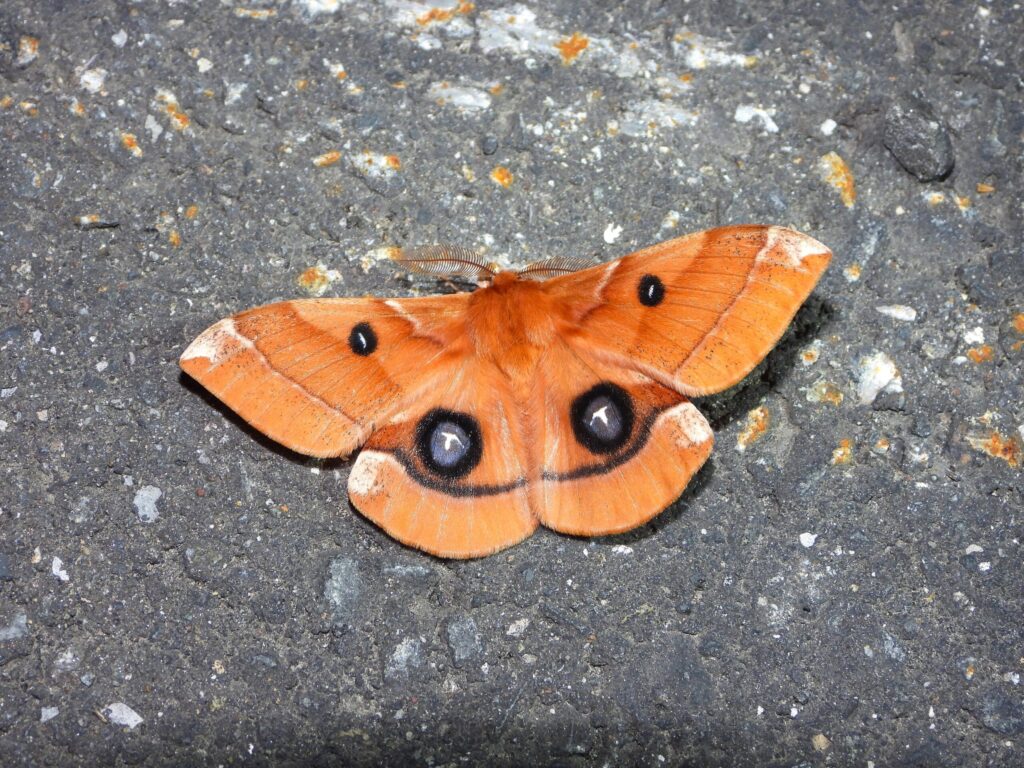
Known in Japan as Ezo-yotsume, this moth heralds the arrival of spring in northern Japan.
Flight season: April–June
Distribution: Mainly Hokkaido
Notes: When disturbed, it reveals vivid blue eyespots on its hindwings.
Read the full profile →
9. Squeaking Silkmoth (Rhodinia fugax)

A delicate autumn beauty with translucent windows in its wings, glowing like gold in the cold.
Flight season: November–December
Distribution: Honshu–Kyushu
Notes: One of Japan’s latest-flying moths; often active even in near-freezing temperatures.
Read the full profile →
10. Jankowski’s Silkmoth (Rhodinia jankowskii)

A high-mountain relative of R. fugax, darker and rarer.
Flight season: October–November
Distribution: Northern Honshu, high elevations
Notes: Prefers cool forests and ridgelines above 1,000 meters.
Read the full profile →
11. Ryukyu Silkmoth (Loepa sakaeratensis ryukyuensis)
A golden species found only in the Ryukyu Islands, rarely photographed in the wild.
Flight season: Summer
Distribution: Okinawa–Amami region
Notes: Still poorly studied; represents the tropical edge of Japan’s Saturniidae.
12. Atlas Moth (Yonaguni subspecies) (Attacus atlas ryukyuensis)
A true giant — Japan’s largest moth and a subspecies of the legendary Atlas Moth.
Flight season: Year-round in warm islands
Distribution: Yonaguni Island
Notes: Wingspan can exceed 25 cm; the forewing tips resemble a snake’s head.
Identification & Observation Tips
Season clues: Spring = Brahmaea & Smerinthus; Summer = Actias & Kususan; Autumn = Saturnia & Rhodinia.
Tails or not: Actias species have long tails; Antheraea and Saturnia have rounded wings.
Color tone: Northern species tend to be cooler-toned, southern ones golden or emerald.
Where to see: Forest roads, park lamps, and rural light sources — especially after humid summer rains.
Author’s Impression
Please take time to observe these magnificent moths — among my very favorite creatures in all of Japan.
Each species has its own distinct personality and overwhelming presence.
When you visit Japan, step outside at night and look carefully.
In the quiet glow of the moon, you may witness one of nature’s most breathtaking masterpieces.


